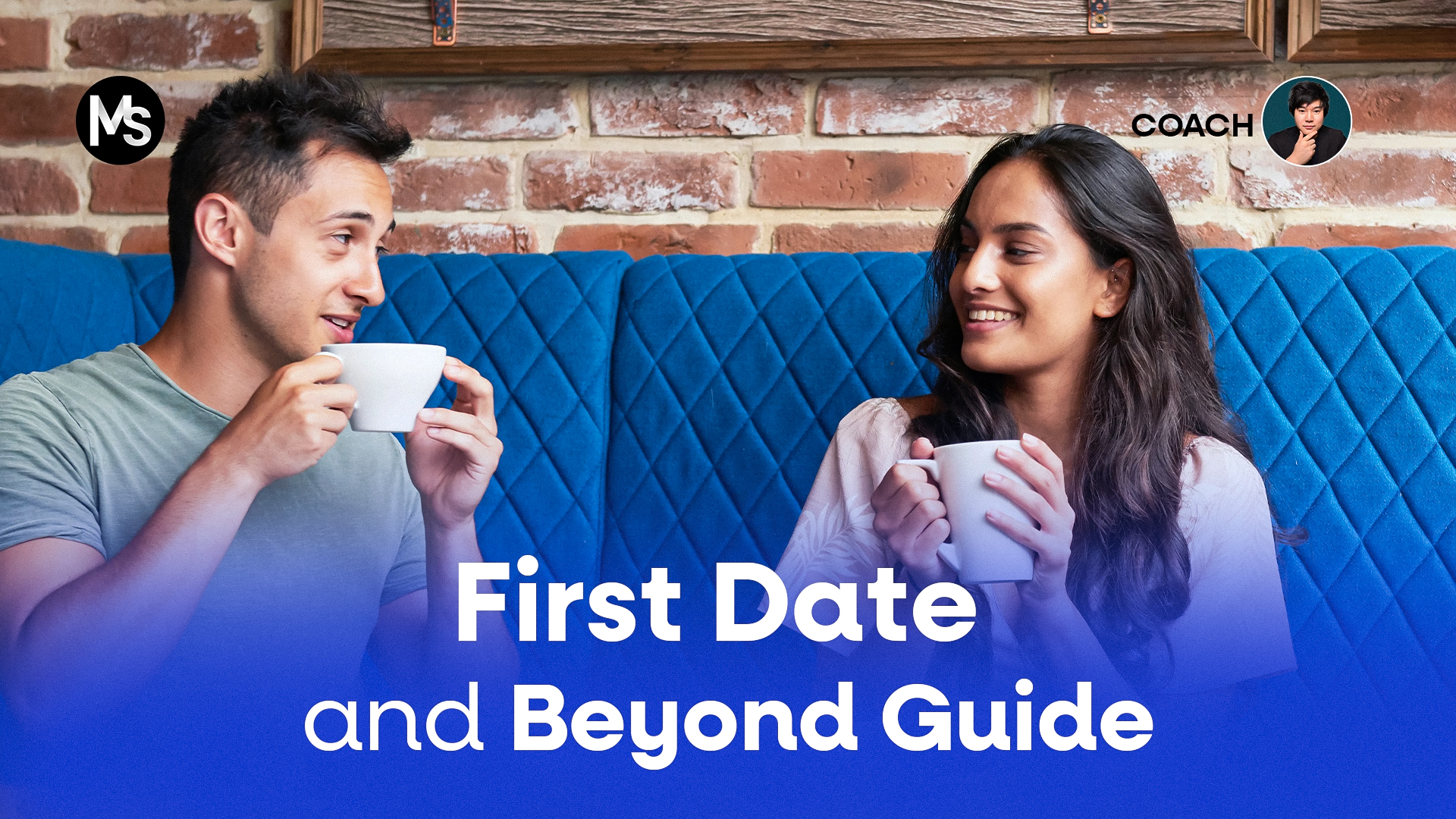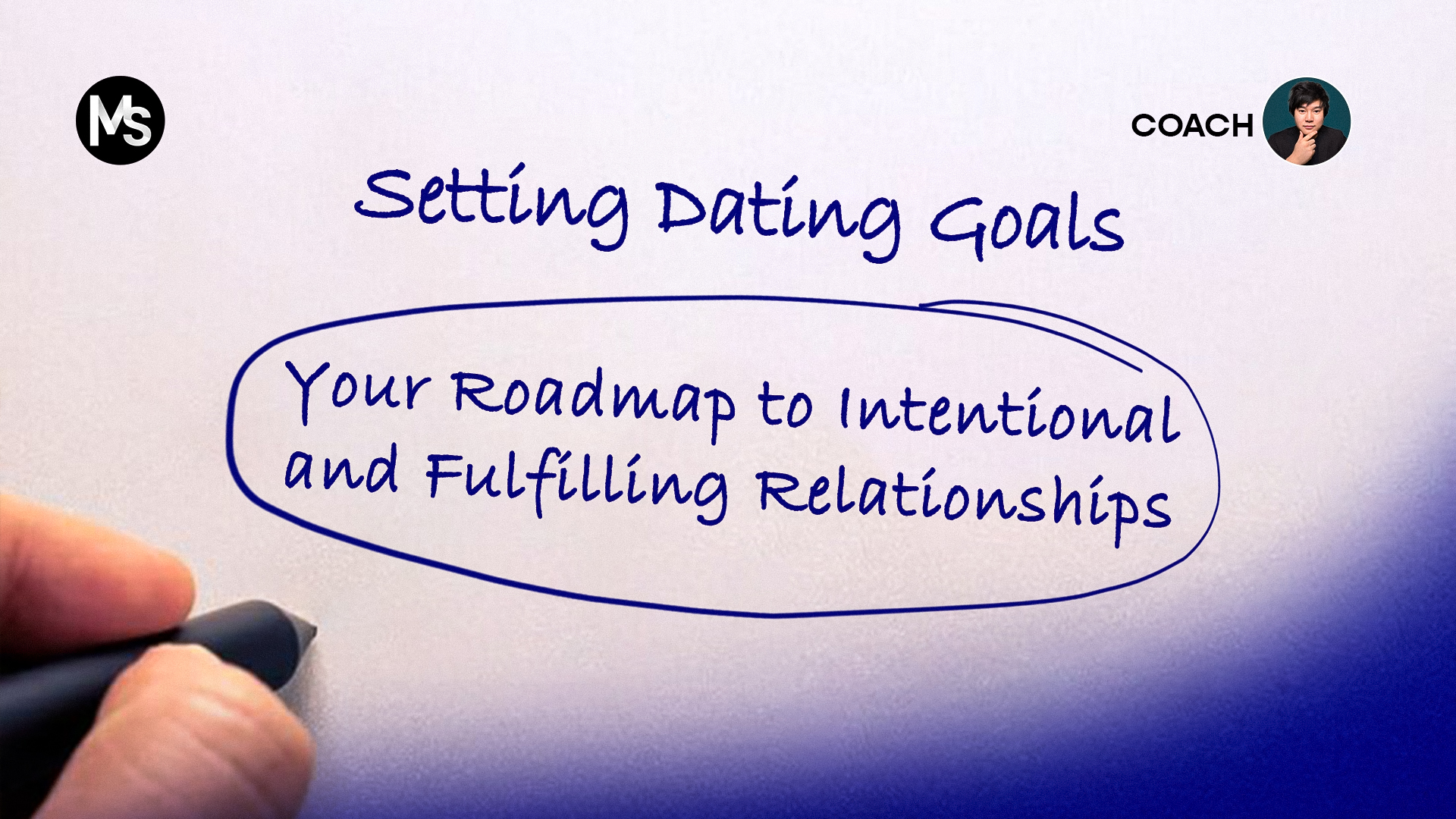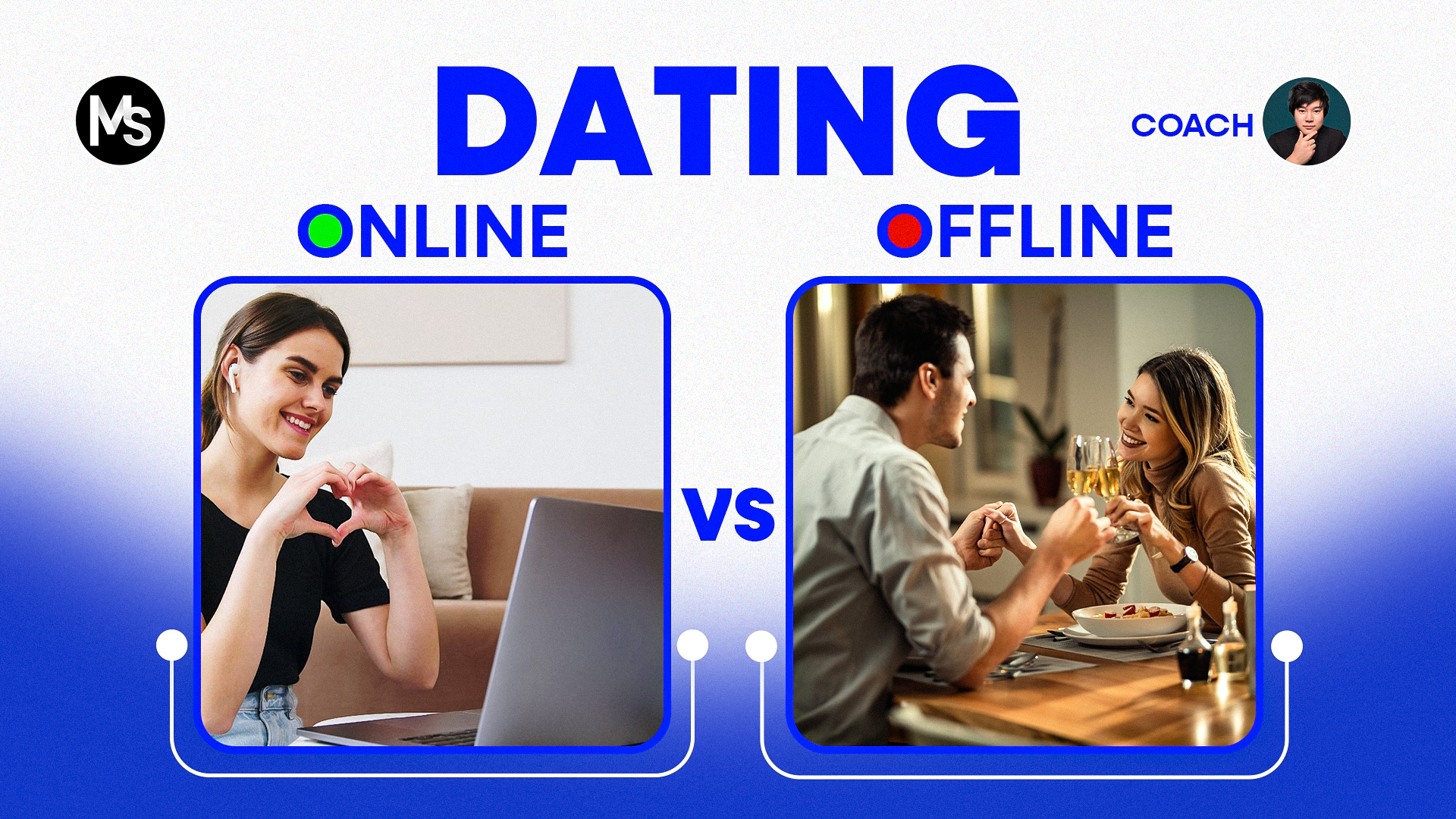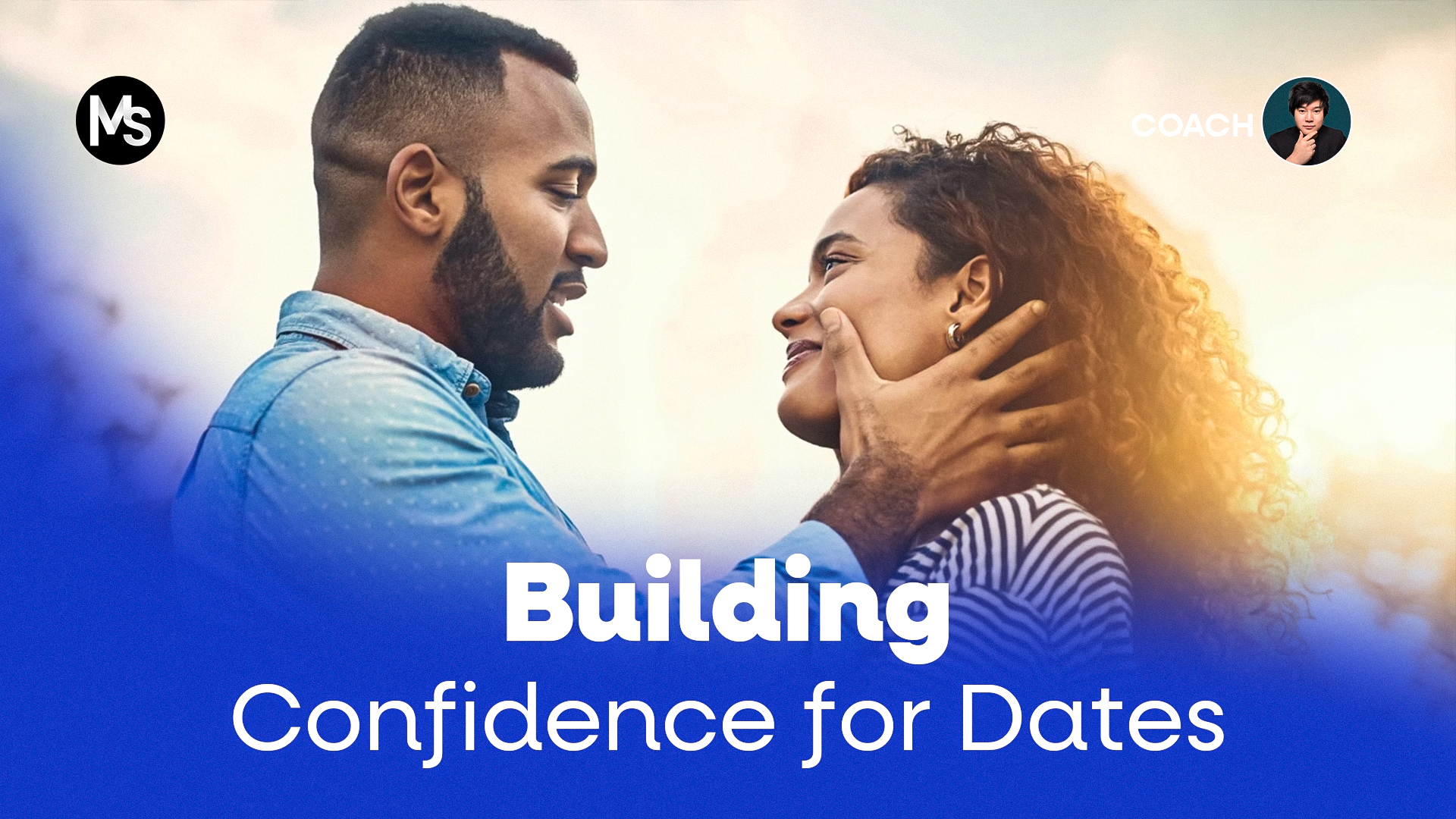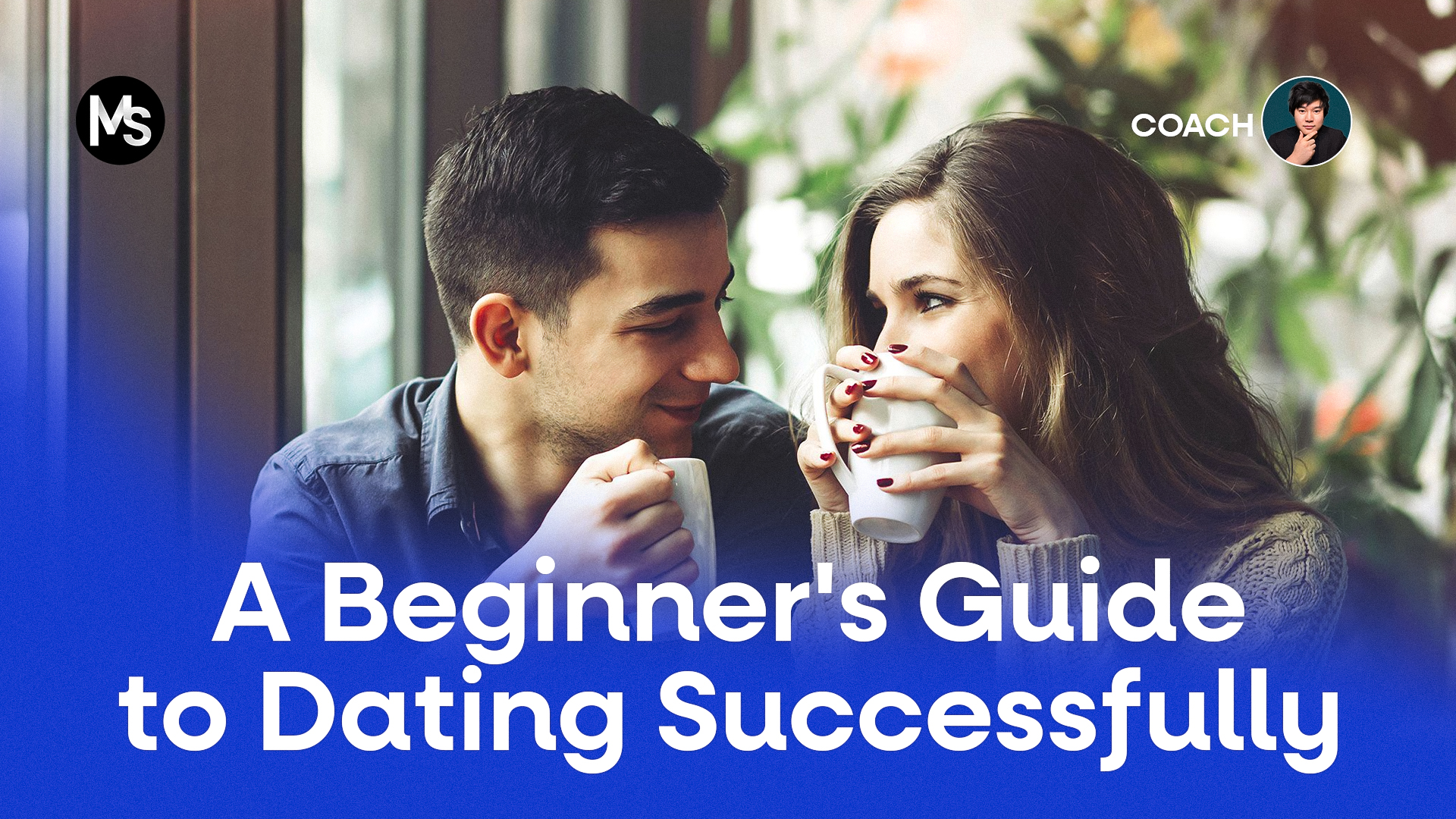The first date is often a whirlwind of excitement, anticipation, and a touch of nervousness. It’s the moment when digital connections leap into real-world chemistry, or new acquaintances explore the potential for romance. But the journey of dating doesn’t end when the first date does. True success in dating involves navigating the subsequent stages, understanding subtle cues, mastering follow-up etiquette, and ultimately, building the foundation for a lasting relationship.
This comprehensive guide is designed to empower you through every step of this crucial journey. We’ll cover everything from planning the perfect first date to engaging in captivating conversations, reading body language and signals, ensuring effective following up after a first date, and the nuanced process of transitioning to a relationship beyond casual encounters. Get ready to transform your approach to early-stage dating and lay the groundwork for profound connections.
1. Making a Memorable First Impression: The Best First Date Ideas
Your first date sets the tone for everything that follows. It’s not about being perfect, but about creating an environment where genuine connection can flourish. Thoughtful planning is key to a memorable experience.
Choosing the Right Venue & Activity: Setting the Scene for Connection
The location and activity you choose can make or break a first date.
- Avoid Overly Loud or Distracting Places: While a bustling bar might seem fun, it can hinder actual conversation. Opt for quieter cafes, cozy restaurants, or a leisurely stroll. The goal is to facilitate talking and listening.
- Opt for Activities That Allow Conversation: The best first date activities encourage interaction. Think mini-golf, a walk in a park, an art gallery visit, or even a casual cooking class. These provide built-in topics for discussion and reduce pressure.
- Keep It Casual and Low-Pressure: A first date shouldn’t feel like a job interview or a grand romantic gesture. The intention is to gauge mutual interest. Fun first date ideas often involve simplicity, like coffee or a single drink.
- Actionable Tip: Suggest a low-pressure environment where you can easily talk, like a coffee shop for a daytime date or a relaxed bar for an evening one. This allows for an easy exit if there’s no chemistry, or a seamless extension if there is.
Pre-Date Preparation: Mindset & Appearance
While you can’t control chemistry, you can control your approach and presentation.
- Focus on Being Present and Genuine: Your mindset is crucial. Instead of fixating on perfection, aim to be genuinely curious about your date and authentically yourself. This authenticity is far more appealing than any facade.
- Grooming and Confidence: Being well-groomed and feeling comfortable in your clothes significantly boosts your confidence. This isn’t about trying to impress but about respecting yourself and making a positive initial statement.
- Actionable Tip: Before leaving, take a few moments to center yourself. Remind yourself to be open, curious, and enjoy the experience. For more on building self-assurance, check out our guide on Building Confidence for Dates
2. Mastering the Art of Conversation: First Date Conversation Starters & Flow
The heart of any successful date lies in the conversation. It’s how you discover shared interests, values, and whether there’s a spark beyond the superficial.
Beyond Small Talk: Open-Ended Questions
Move beyond “yes/no” answers to truly engage your date.
- Inquire About Passions and Experiences: Instead of just “What do you do?”, try “What’s something you’re really passionate about outside of work?” or “What’s the most interesting place you’ve ever traveled?” These first date conversation starters encourage deeper sharing.
- Ask About Their Dreams and Aspirations: This reveals what drives them. “What’s a goal you’re currently working towards?” or “If you could learn anything new, what would it be?”
- Actionable Tip: Prepare 3-5 open-ended questions to ask on a first date that are genuinely interesting to you. This ensures you always have a natural segway.
Active Listening & Follow-Up Questions: Showing Genuine Interest
Listening is often more powerful than talking.
- Truly Hear What They Say: Don’t just wait for your turn to speak. Focus on understanding their perspective.
- Ask for Elaboration: If they mention a hobby, ask “How did you get into that?” or “What do you enjoy most about it?” This demonstrates active listening and encourages them to share more. This is key for active listening dating.
- Actionable Tip: After they share something, pause for a moment to process it before responding. This shows you’re truly engaged.
Sharing, Not Dominating: The Reciprocal Dance
Conversation is a two-way street.
- Balance Your Contributions: Make sure you’re both sharing equally. Avoid monologuing about yourself, and also don’t make the date feel like an interview.
- Avoid Oversharing: While vulnerability is good later, keep the first date relatively light. Avoid heavy topics like past relationship drama or deep personal insecurities. This is part of good first date etiquette.
- Actionable Tip: If you notice you’ve been talking for a while, consciously pivot by asking them a question about themselves.
3. Decoding Non-Verbal Cues: Reading Body Language & Signals
Much of human communication is non-verbal. Learning how to read body language on a date can give you invaluable insights into how your date is feeling and if there’s mutual interest. These dating signals are often more honest than words.
Positive Body Language Signals to Look For
These cues often indicate comfort, interest, and attraction.
- Open Posture: Uncrossed arms, shoulders relaxed, body turned towards you.
- Leaning In: Slightly leaning closer when you’re speaking, indicating engagement.
- Sustained Eye Contact: Not a fixed stare, but comfortable, frequent eye contact shows attention and interest.
- Mirroring Gestures: Subtly mimicking your posture or hand gestures, often unconsciously.
- Genuine Smiles: A smile that reaches their eyes, indicating true enjoyment.
- Actionable Tip: Pay attention to their feet – do they point towards you? This is often an unconscious sign of interest.
Red Flags & Discomfort Signals
These signals suggest disinterest, discomfort, or potential issues. Pay attention to dating red flags body language.
- Closed Posture: Crossed arms, turning their body away from you.
- Minimal Eye Contact: Constantly looking away, at their phone, or around the room.
- Fidgeting or Restlessness: Excessive tapping, shaking, or shifting, indicating boredom or nervousness (though sometimes just nerves).
- Checking Phone Frequently: A clear sign of disinterest or distraction.
- Lack of Engagement: Short, one-word answers, no follow-up questions.
- Actionable Tip: If you notice these signs, try to pivot the conversation or activity. If they persist, it might be a sign they’re not feeling a connection.
Projecting Approachable Body Language
Just as you read their signals, be aware of what your own body is communicating.
- Maintain an open and relaxed posture.
- Smile genuinely and make comfortable eye contact.
- Avoid fidgeting or looking at your phone.
- Actionable Tip: Practice confident body language dating in the mirror. Stand tall, keep your shoulders back, and project an inviting demeanor. (For more, refer to our guide on [Building Confidence for Dates]).
4. The Follow-Up: After the First Date Etiquette
The period after a first date is crucial. It’s where you decide if there’s potential for a second date and communicate your interest respectfully.
When to Follow Up: The Right Timing
- The “24-48 Hour Rule”: While not a strict law, waiting a day or two before sending a follow-up text is a common guideline. It gives both parties space to process the date and builds a little anticipation.
- Prioritize Genuine Interest: More important than rigid timing is ensuring your follow-up feels genuine. If you had a great time and are genuinely excited, a slightly earlier text is fine.
- Actionable Tip: If you’re feeling good about the date, a simple text within 24 hours shows keen interest without being overbearing.
What to Say in Your Follow-Up Message: Keeping it Engaging
Your first date follow up text examples should be brief, specific, and clear about your interest.
- Reference Something Specific: “I really enjoyed hearing about your trip to [place they mentioned]!” This shows you were listening and makes the message personal.
- Express Enjoyment: “I had a great time tonight!”
- Suggest a Second Date: If you’re interested, make it clear. “I’d love to grab drinks again sometime next week.” This is how to ask for a second date effectively.
- Actionable Tip: Keep it concise and positive. For example: “Hey [Date’s Name], I had a fantastic time tonight. I really enjoyed [specific shared moment/conversation]. I’d love to see you again soon.”
Handling No Response or Rejection: Maintaining Poise
Not every follow-up leads to a second date. It’s part of the dating process.
- Don’t Chase: If you don’t hear back after a polite follow-up, or if you receive a clear “no,” respect their decision. Repeated messaging can come across as desperate.
- Focus on What You Can Control: You control your effort and your politeness. Their response is beyond your control.
- Maintain Self-Respect: Rejection isn’t a reflection of your worth. It simply means you weren’t the right fit.
- Actionable Tip: If you face no response or rejection, remind yourself of your positive qualities and move forward. For more on dealing with dating rejection, revisit our guide on Building Confidence for Dates
5. Transitioning to a Relationship: Moving Beyond Casual Dating
Once you’ve had a few successful dates, the question often shifts to how to transition to a relationship. This stage involves moving from casual encounters to a more defined and committed partnership.
Recognizing Signs of Mutual Interest & Readiness
Before you have the “talk,” look for signs that you’re both moving in a similar direction.
- Consistent Communication: Regular texts, calls, and eagerness to plan future dates.
- Emotional Vulnerability: Sharing more personal thoughts and feelings.
- Shared Activities & Experiences: Spending more quality time together, becoming a natural part of each other’s lives.
- Future Planning: Making plans more than a few days in advance.
- Actionable Tip: Pay attention to signs of mutual interest dating such as consistent effort from both sides to spend time together and communicate.
The “Defining the Relationship” (DTR) Talk: Seeking Clarity
This conversation is a crucial step in moving past casual dating and defining the relationship.
- When to Have It: There’s no set timeline, but typically after 3-6 consistent, positive dates, or when you both start spending a significant amount of time together and feel a strong connection.
- How to Have It: Choose a calm, private moment. Be clear about your intentions (e.g., “I’m really enjoying spending time with you and would like to explore being exclusive/moving towards a relationship”). Listen carefully to their response. This is how to have the DTR conversation effectively.
- Actionable Tip: Start by expressing your positive feelings about them, then clearly state what you’re looking for. “I feel a strong connection with you and would like to discuss what this means for us moving forward.”
Building a Strong Foundation for Commitment: Early Relationship Advice
Once the relationship is defined, the work of building a strong relationship truly begins.
- Trust and Open Communication: These are the pillars. Be honest, reliable, and communicate openly about your feelings, needs, and concerns.
- Shared Activities & Values: Continue to nurture shared interests and discuss important values to ensure long-term compatibility.
- Conflict Resolution: Understand that disagreements are normal. Focus on healthy ways to resolve conflicts, emphasizing mutual respect and understanding.
- Understanding Boundaries: Respect each other’s personal space, needs, and boundaries.
- Actionable Tip: Continue to prioritize quality time, active listening, and open communication. For more on defining your relationship path and intentions, explore our guide on Setting Dating Goals
Frequently Asked Questions about First Dates & Beyond
What if there’s an awkward silence on the first date?
It’s perfectly normal! Don’t panic. You can break it by using one of your prepared open-ended questions, commenting on something in the environment, or even lightly acknowledging it with a smile.
How many dates before becoming exclusive?
This varies widely. There’s no magic number, but typically, couples consider exclusivity after 3-6 consistent, positive dates where a strong connection and mutual interest have been established, followed by a DTR talk.
Is it okay to talk about past relationships on a first date?
Generally, it’s best to avoid deep discussions about past relationships on a first date. Keep the conversation focused on the present and future. It can come across as baggage or a lack of focus on the current date.
What are major red flags to watch out for in early dating?
Key dating red flags include controlling behavior, constant negativity, dishonesty or inconsistency, disrespect (of your time, opinions, or boundaries), and a lack of empathy or emotional unavailability. Trust your gut.
Your Journey to Connection: Embrace Every Stage!
From the excitement of the first date to the profound commitment of a lasting relationship, the path of dating is a dynamic and rewarding one. By approaching each stage with intentionality, sharpening your communication skills, understanding both verbal and non-verbal cues, and making conscious decisions about your connections, you empower yourself to build truly meaningful relationships. You now have the tools to navigate first dates, interpret dating signals, follow up effectively, and transition to a relationship with confidence and clarity.
For fundamental insights into starting your dating journey, building confidence, and setting your initial goals, revisit our essential Dating Basics: Beginner’s Guide to Dating Successfully

